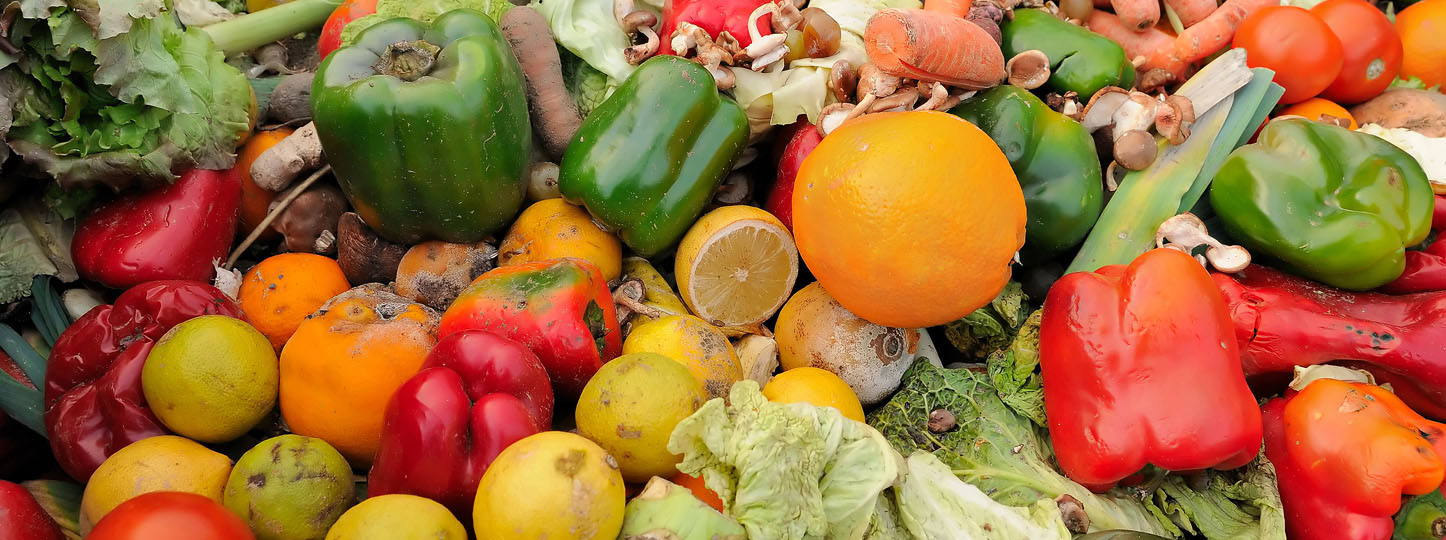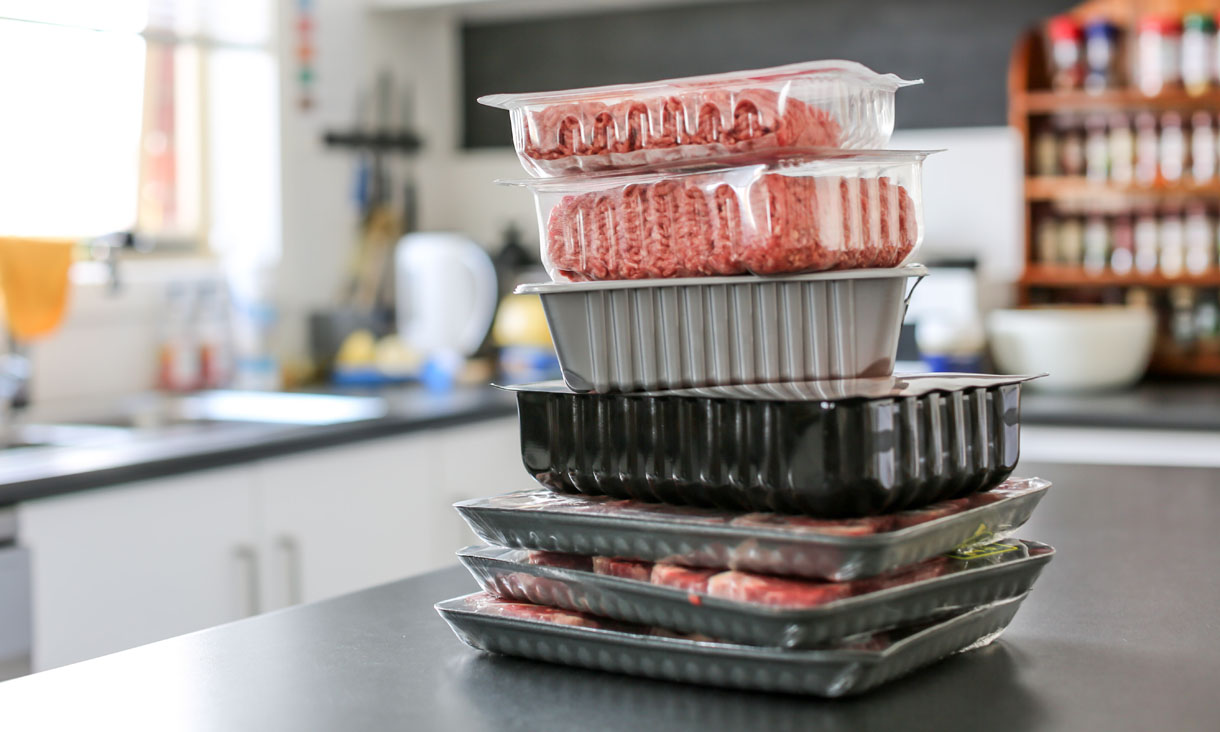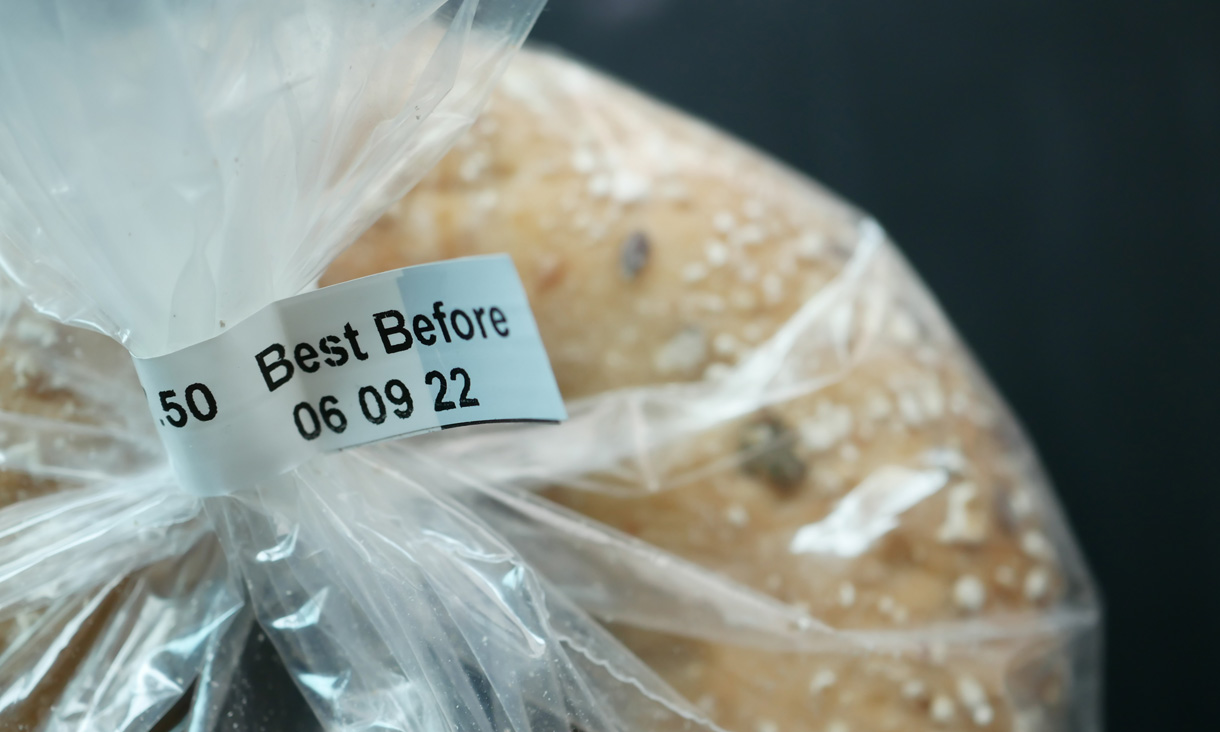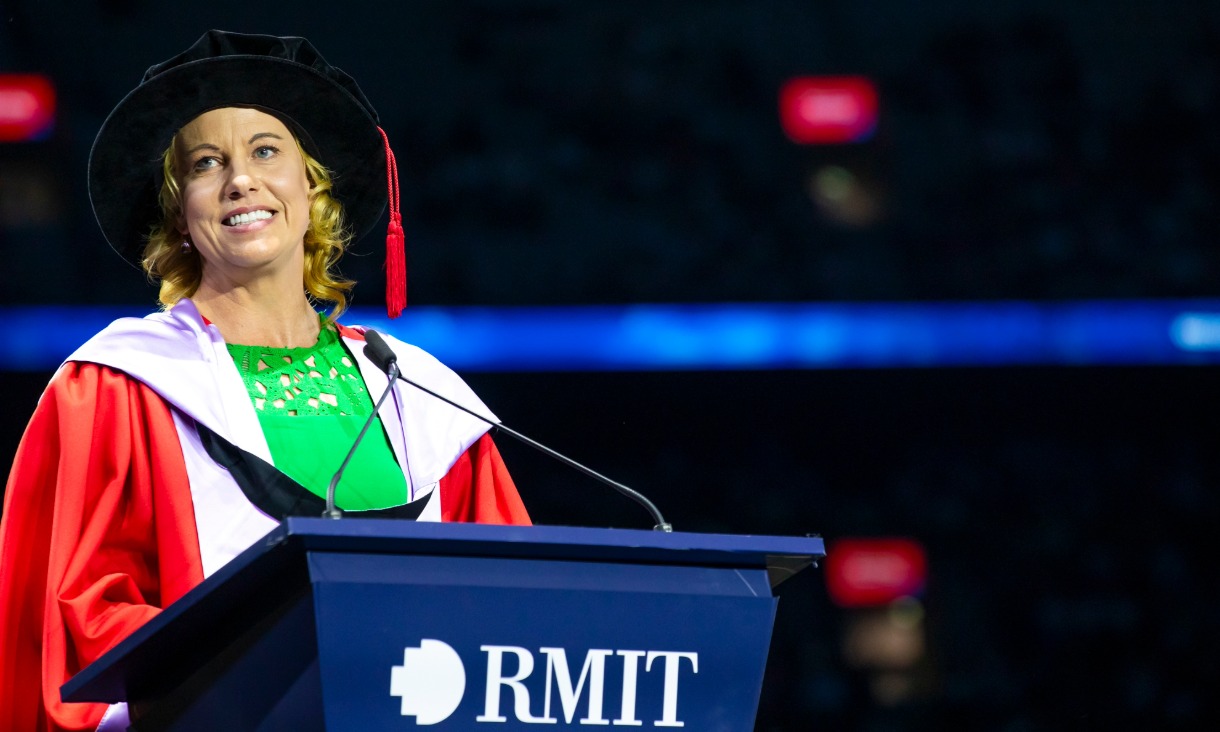With Australians wasting four times more food than food packaging, experts are calling for a more nuanced approach to help consumers and industry understand packaging's role in reducing food waste, rather than a simple war on plastic.
The research, supported by the Fight Food Waste Cooperative Research Centre (CRC), surveyed 965 Australian consumers on their perceptions of the role of packaging in reducing food waste.
RMIT project lead Professor Linda Brennan said consumers’ negative perceptions of packaging were due to it being seen as a single-use waste product that needed to be disposed of once the food had been consumed.
“A lot of people don’t realise packaging can play an important role in preventing food waste,” said Brennan, from the School of Media and Communications.
“Packaging designed with food waste reduction in mind can keep food fresher for longer and provide protection from damage.”
A final report consolidating the team’s five-year research included alternative packaging designs to save food.
Suggestions included better date labeling, divided portions for bulk foods, resealable packaging and clearer communications on how to best avoid bacterial contamination.
While single-waste plastic was bad for the environment, co-author and RMIT Associate Professor Lukas Parker said some foods, such as meat, had almost no suitable packaging alternatives that were as effective and practical at present.
“Unfortunately, packaging may be unavoidable if we want to reduce food waste, so it’s all about balancing how much plastic is used to save food from waste,” he said.
“If we forgo the plastic packaging on some items like steak, it can lead to waste because it will impact the steak’s shelf life.”
Parker said there was also a misconception that composted food did not count as food waste.
“While composting food is better than throwing it in landfill, it may unintentionally lead to the misperception that it’s OK to waste food if it’s being reused for gardening purposes,” said Parker.
“But a lot of energy and resources are needed to grow, process, transport and package the food. So, when food goes uneaten and is rotting in compost, that energy is wasted.”










